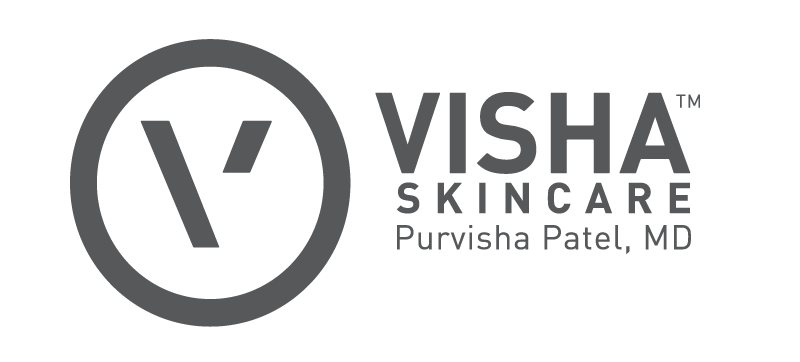
City Women & Co posted "Fungal acne isn’t *really* acne at all—it’s more like facial dandruff" featuring Dr. Purvisha Patel and Visha Skincare.
When I heard that my coworker was dealing with a fungal condition on her skin, it sent shockwaves through my very acne-prone skin. There’s another form of the zits that I have to worry about?! Then, after perusing skin-care threads on Reddit, I saw post after post of people claiming that they’re afflicted with fungal acne and showing off their fungal acne-safe beauty routines. So I had to dig into the issue to ensure that there was not a fungus among us.
My colleague caught her skin fungus from working out, which actually makes sense…because Athlete’s Foot is among the most notorious. “Fungal acne is also known as pityrosporum folliculitis,” explains Joshua Zeichner, MD, a New York City-based dermatologist. “Especially in warmer climates, high levels of sweat and oil allow normal yeast on the skin to grow to higher than normal leavers. The yeast can then promote inflammation within your hair follicles, leading to red bumps and pus pimples.” So it’s not exactly acne even though it appears almost the same. What it’s triggered by, instead, is malassezia or the same type of yeast that causes dandruff.
While this kind of fungus most commonly shows up on the chest, according to Dr. Zeichner, it can also appear on your arms, back, and face (ugh). You’ll know if it’s fungus if your typical spot treatments aren’t working. “If you have pus pimples not responding to traditional acne treatments, it could be this condition,” he says. “The good news is that you may already have a good treatment in your shower—common dandruff shampoos like Dove Dermacare Scalp ($5) contain an ingredient called zinc pyrithione which lowers levels of fungus and yeast on the skin.” And yes, even though it’s for your hair, he notes that you can use it as a body wash (just let it sit for a while before washing off).
That’s not it, though—Purvisha Patel, MD, a board-certified dermatologist and founder of Visha Skincare says that the most common fungal condition is called seborrheic dermatitis. “It’s caused by p. ovale or m. furfer and it’s essentially dandruff of the face,” she says. “It manifests as scaling of the eyebrows, sides of nose, and ears.” Or you could get ringworm (which, don’t freak—isn’t actually a worm), which is caused by dermatophytes, says Dr. Patel. “It presents as round, itchy scaling areas and is usually transmitted from pets.”
Regardless of what kind of fungus you have, beware—it’s a fickle breed. If you’re a devotee of facial oils, it will only make the problem worse. “Fungus loves warmth, moisture, and oil, especially olive oil, which is the best way to make it grow in a culture,” says Dr. Patel. “If you have seborrheic dermatitis, stay away from edible oils on your face and scalp, such as coconut and olive oil—because if you can eat it, bacteria and fungus can eat it, too.” That can be tough, especially if you’re into clean beauty, which has plenty of skin-care products infused with all types of facial oils—so be sure to double check the ingredients list before slathering something on that’ll just feed the fungus. Instead, look to zinc pyrithione and tea tree oil (which has super anti-fungal prowess) to do the trick.
